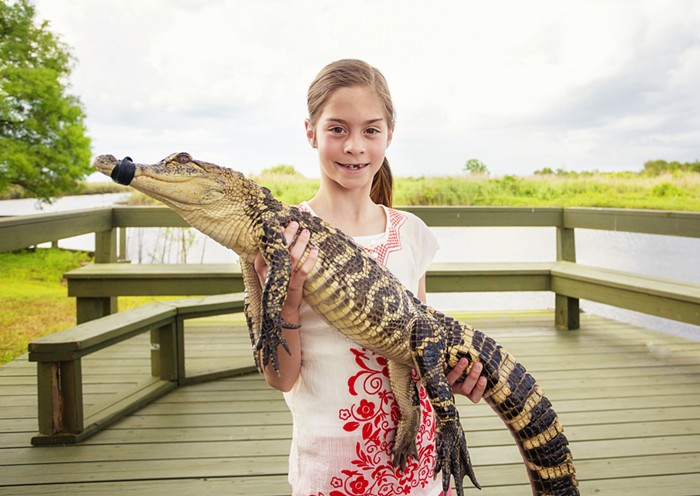HISTORICALLY, women have written the lion's share of domestic novels, but erudite author T.C. Boyle (Mr. T. Coraghessan Boyle, if you're nasty) is a goddamned master of the hearth and home. Whether his setting is wild (the Alaska of Drop City) or purely domestic (the fetid mansion in Riven Rock), Boyle sketches rich portraits of intricate family relationships in difficult situations. His newest, San Miguel, explores his main loves—the islands off Santa Barbara and the pioneer spirit.
The story follows the lives of two sheep-ranching families, the only inhabitants of the craggy island of San Miguel: the Waters family, made up of consumptive matriarch Marantha, her Civil War vet husband, and strong-willed daughter Edith, who all move to San Miguel as pioneers in 1888; then later the Lester family, helmed by middle-aged Elise, who happily moves to San Miguel in 1930 with her charmingly manic new husband. Life is not easy on the overgrazed windswept outcropping—supplies must be boated in, the weather is treacherous, and the loneliness is palpable.
San Miguel serves as an understated and melancholy timeline of pioneering women—the weak and disappointed Marantha, wild Edith who longs to escape the island, and likeable Elise, a former NYC librarian who has fallen in love with the homesteading life, a lifestyle that Depression-era America romanticizes when the Lesters become celebrities du jour. San Miguel is as beautiful as its setting, lonesome and heartbreaking and full of hardships and stretches of happiness. Animals may die, hunger may encroach, and WWII may threaten, but as Boyle writes, it's a place that "fires the imagination."















